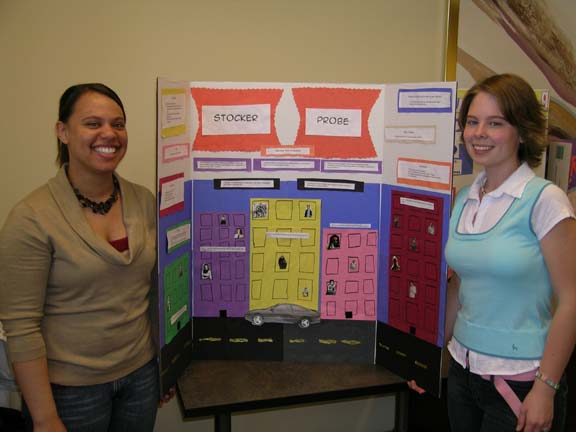The Stocker Probe for Fluency and Language, 3rd Edition
By Rebecca Fredrickson and Sarah Vines

- developed by Beatrice Stocker and Robert Goldfarb
- a diagnostic tool used for both fluency and language assessment
- first published in 1976 and is currently in its 3rd edition
The Stocker Probe Technique
Initial Evaluation
Administration of the "I" Probes (I=initial)
These probes include objects with which the child is familiar
There are 5 levels of demand that are presented in random order
Each level asks a question associated with the probe (object) at hand
Each level elicits a different type of response corresponding to difficulty level
Level I - brief one word response
Level II - short response
Level III - response requiring prepositional phrase
Level IV - list a series of attributes
Level V - elicits creative and lengthy responses
Scoring
The child either stutters (-) or s/he does not (+)
Severity Ratings
1-10 disfluencies is normal to mild
11-20 disfluencies is moderate
21-30 disfluencies is severe
31 or more disfluencies is very severe
Determine a starting level for which to begin treatment
Find the lowest level at which the child stutters and then begin treatment one level below this point
Baseline
Use a stop watch and begin timing as soon as child begins to speak and once the child stutters stop the clock (this gives you a fluency count)
Take the average of three fluency counts to determine the baseline
Begin Treatment
During treatment use the "O" Probes as ongoing evaluation
Reevaluation
This is done at the end of 25 weeks
Uses "R" Probes (which are the same as the "I" Probes)
Even though you are using the same objects you ask the questions in a different order

